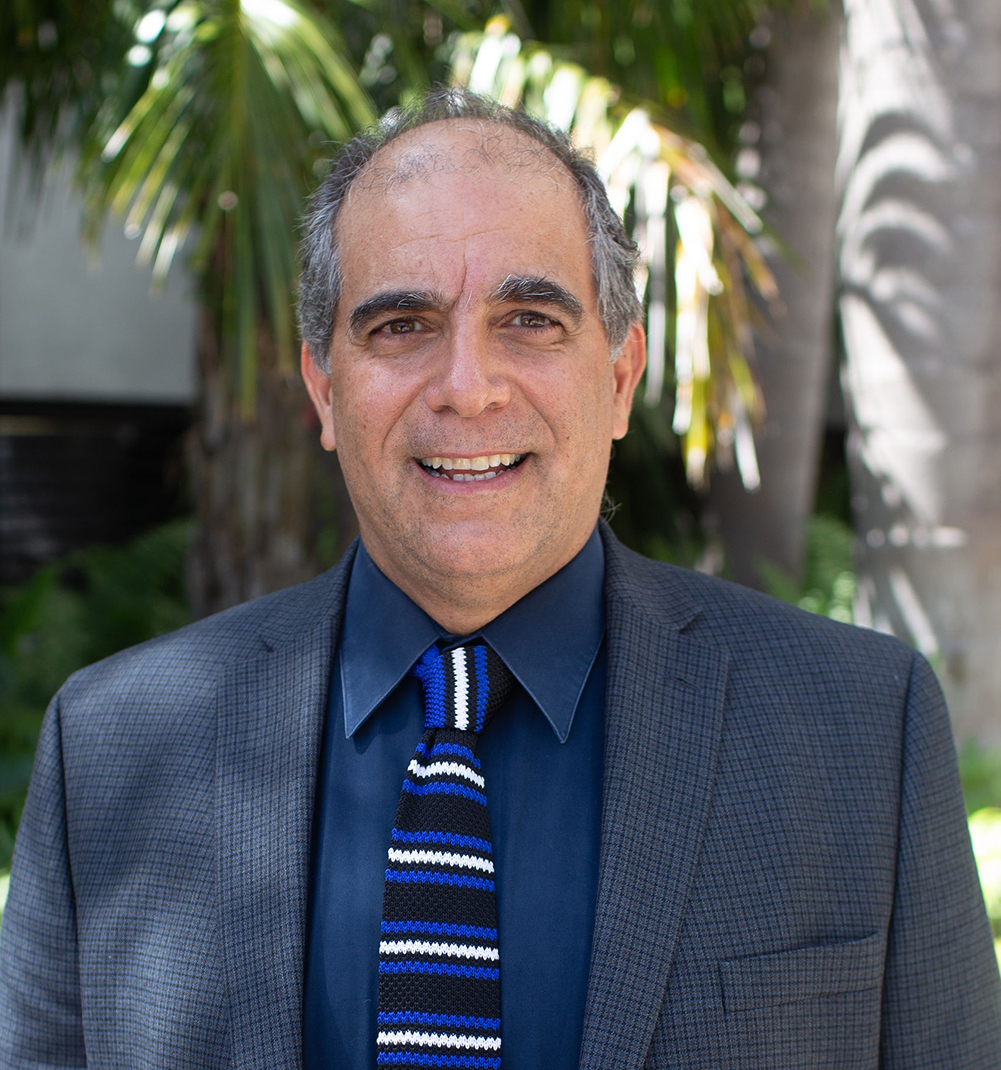Graduate student research fellowships for up to $7,500 per year will be made available under the name of the Cristina Menendez Memorial Fellowship to graduate students working directly under the mentorship of the FIU Institute of Environment’s Freshwater Resource Division faculty conducting Everglades relevant research.
It is anticipated that up to 10-12 awards will be granted in the 2021 cycle with typical average support of $5,000 each. Funds may be used in the general categories of:
- Materials and supplies
- Recharge fees for sample analyses or vehicle usage
- Research-related student travel
- OPS salary (not for equipment purchases, OCO)

Apply
Applications for the 2021 award year have closed. Please check back at a later date for 2022 information. Thank you for your interest.
Interested students must send an application package to the Freshwater Resources Division Director. Please send the following materials:
- A short, 1-2 page project description
- Detailed budget (excel spreadsheet)
- A copy of your CV
- A letter of support from your Institute of Environment Major Professor.
All funded students will be required to present a seminar/progress report (15 min) to the Institute faculty/student body by the end of the Summer semester and turn in a short (5-10 page) research report to the Division Director that will be included in the Cristina Menendez Memorial Fellowship annual report.
Please contact the Freshwater Resources Division Director below in order to apply for the Cristina Menendez Memorial Fellowship.
Piero R. Gardinali
Professor; Associate Director, Institute of Environment
305-348-6354
gardinal@fiu.edu
MSB 356
Timeline
Applications for the 2021 award year have closed. Please check back at a later date for 2022 information.
Awarded Student Timeline:
- Research Report Due: August 15th 2021
- Funds must be spent by July 1st 2021
- Presentation completion by August 15th 2021
Fellows
These student have been awarded the Cristina Menendez Memorial Fellowship to conduct research in the Florida Everglades.
- Kenneth Anderson – “Breakdown and microbial priming of particulate organic matter in coastal wetlands”
- Cody Eggenberger – “Southeast United States Cross-Site Comparison of Juvenile Atlantic Tarpon Trophic Dynamics”
- Paige Kleindl – “Macrophyte and Microbial Mat Competition for Limiting Nutrients within the Florida Everglades”
- Steven Landeweer – “Occurrence, fate and transport of UV filter compounds in the Greater Everglades Ecosystem”
- Xuerong Li – “Assessment of the occurrence and distribution of poly- and perfluoroalkyl substances (PFAS) in surface waters from Everglades”
- Joshua Linenfelser – “Monitoring water quality using stable isotope biochemistry in the estuarine zone where Taylor Slough meets with the Florida Bay environment: Algal communities”
- Brian Ng – “Non-target Analysis Using High Resolution Mass Spectrometry to Characterize and Remediate Urban Waters: From the Everglades to Biscayne Bay”
- Ikechukwu Onwuka – “Minimizing phosphorous loads from increased freshwater deliveries to the Everglades”
- Jonathan Rodemann – “Effects of shifting seascapes, salinity gradients, and hypersalinity on the movement and habitat use of Spotted Seatrout (Cynoscion nebulosus) in Florida Bay”
- Thomas Shannon – “Responses of Benthic Diatom Assemblages following Simulated Saltwater and Phosphorus Groundwater Intrusions, in Southeastern FL Everglades”
- Katie Stansbury – “Drivers of extracellular polysaccharide production by a mat-forming diatom”
- Kassidy Troxell – “Detecting and Identifying Water Contaminants Unique to Specific Sources in the Environment: assessing provenance”
- Rosario Vidales – “Red mangrove (Rhizophora mangle L.) leaf nitrogen, phosphorus and secondary metabolites in face of nutrient inputs and salinity influence during early stages of Everglades rehydration projects”
